Do It Yourself
How to Start a Fire with Char Cloth | Survival Basics
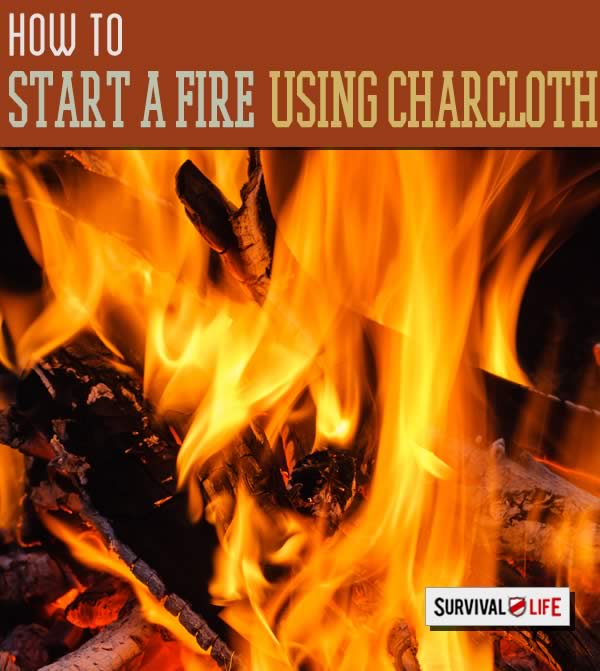
Throughout most of human history, man has learned that a few necessities can and do make the difference between life and death. While emergency food stores, stored water, and the need for a good first aid kit serious medical training on how to use it are all important, today I would like to talk about a skill that is increasingly overlooked in our “modern” society: FIRE STARTING. More specifically, I'd like to teach you how to use char cloth to start a fire.
The Triangle of Fire
Fire is a big deal and a necessary component not only to our senses, but to survival itself. That said, most people have terrible fire skills. It is not that fire skills are difficult to learn, mind you. It is just that in today’s world of electronic cooking gadgets, pre-packaged meals, and grab and go dining, using a fire to do something basic like cook seems like a lot of work and a plain nuisance compared to get getting the job done with electricity, natural gas or, those plastic cards we carry around in our wallet. As a result, very few people would actually know how to start a fire even if they had to.
Today I want to get down to the basics of how to start a fire–namely the basics of simply starting a fire and getting it going with a minimum of fuss. Let us start with rule #1 of fire making.
There are three parts to fire: Oxygen, Fuel, and Heat. This is referred to as the Triangle of Fire. For the visually oriented, it looks like this:
How to Start a Fire with Char Cloth
Building a fire is something to be taken quite seriously and since we are talking about the basics, remember, never build your fire indoors, except in a real fireplace. Every winter, dozens of people die of carbon monoxide poisoning due to indoor heating with charcoal briquettes. When that happens, the victims simply go to sleep and never wake up. The point being that outdoors confined to a fireproof area or in a real fire place is where fire belongs, period.
That said, the first step and some would say the most important step to having a good fire is getting it started. You can purchase a variety of fire-starting tools ranging from waterproof matches to Bics to all sorts of pre-package tinder, but for Prepper types, nothing beats the reliability of a simple magnesium flint and steel (I like the Swedish Firesteel).
One of the oldest and more reliable methods to start a fire is to make some char cloth and have it ready to go in your survival kit. Char cloth you say? What the heck is that? Well to be honest, most city-dwellers have no clue what it is, how to make it, and even less how to use it. I know that until three years ago, I did not have a clue.
But no worries. Here is everything you need to know about making your own char cloth.
1. You begin by finding a pair of old jeans that you’ve ripped and patched for the last time. You’ll cut patches of the fabric just the right size to lay flat inside an empty Altoid can.
2. Once you’ve about filled the can up, you make a small nail hole on both the top and the bottom of the tin.
3. The next time you have your BBQ fired up, toss in the denim filled Altoid can and let it cook for 20 minutes or so.
Of course if you can also toss the tin containing denim into a real fire that is the ground or in your fire pit. By the time the fire has cooled off to nothing the next day, the can will be cold and there no grill to clean. Easy peasy.
4. Remove the tin filled with denim from the grill and let cool overnight. If you used your BBQ, you will want to to wash the grill off thoroughly when you are done since remnants of the burning paint from the Altoids can will make an unsavory seasoning to the next piece of food thrown on the grill to cook.
5. To start a fire using char cloth, you simply take ½ a piece of the cloth and tear at it a little bit. Strike your flint so that the sparks land on the tufts of thread which are charred and catch fire extremely easy under a wide range of conditions. All it takes is for the char cloth to begin smoking a bit.
6. The next step is to take some very fine shavings of wood (picture shaving a match-stick to get some small shavings) and toss them on to the char cloth and blow the char cloth so as to push the burning part into the wood. After a few tries, you should be able to get a fire going easily this way.
7. Once you get a visible flame going, you need to start moving up in the size of material burned. What you want to do is roughly double the thickness of the wood each time you step up a size. A typical progression can be char cloth setting off a bit of tissue, which sets off a few matchstick sized twigs, which set off half a dozen additional dry twigs about 1/8th inch in size. Once these catch well, move up to four or five 1/4-inch pieces, then 1/2-inch pieces and so forth.
True, you can go about it in bigger steps, but if you’re trying to get a maximum fire in minimal time, it is best to work up the size of your fuel source gradually but quickly. The focus should be on keeping big flame going. And yes, a person can go from kindling to a shaved 2-by-4 but whether you could ever get that to a useful fire would be a long wait and “iffy”. Reason being you want oxidizing surfaces next to each other so they feed energy into one another, creating heat.
Too much fuel, too soon, means not enough oxygen and no heat and no fire. That is why you always stack your firewood in certain ways: popular X settings of fire burn primarily at the X because the one piece of wood heats the other and visa versa.
Other Ways to Start a Fire
There are a number of other methods that can be used to start a fire. Here are a few.
If your bug-out-bag or survival kit includes a magnifying glass, with practice you can learn to touch off your char cloth that way. Another suggestion and one that I have used often is to soak some cotton balls with a smear of petroleum jelly then store them in a tin or repurposed prescription bottle until fire-starting time.
The fire-starter I currently use is made up of empty toilet paper tubes stuffed to the brim with dryer lint. I flatten the heck out of them, seal the ends, then store them in my pack until I need to start a fire. It only takes a small bit of dryer lint to get things started so a single TP tube goes a really long way.
Here is one more fire starting tip: take one of those “One Hour Fireplace” logs and slice it into 1” chunks. Put 4 to 6 of these chunks in a plastic sandwich bag. When the time comes, take one chunk, slice off a piece the size of your little finger, get it going, lean the rest of the chunk onto it, and now you can move right up to little finger sized kindling.
There are a couple of useful subordinate rules to follow if you decide to start a fire:
The fuel has to be quick enough to oxidize so as to support combustion. A lot of people don’t know that a mixture of rusty steel wool and aluminum power or filings will cause a violent kind of fire called a thermite reaction. Compared to this kind of mixture (definitely not something to be trifled with) a tamer kind of readily oxidized fuel is much easier to manage; paper and small pieces of wood come to mind.
The other thing is that oxygen is rarely an issue unless you get up in altitude and the air thins out. Then, you may have a problem.
When to Start a Fire
There’s no hard and fast rule about when to start a fire; the simple answer is “when you need it.”
Say, for example, some sort of disaster has occurred, the power is out, and you have a local health warning indicating that you should “boil water before drinking”. That would be a good time to get a fire going (but as I mentioned earlier, not indoors, please). And yes, local authorities have been known to tell you to boil water even though they are well aware that the power is out.
When it comes to building a fire, the best advice I can give you is to begin honing your fire-making skills and practice this skill on a regular basis. Learn to start a fire now, when you can do it for sport rather than necessity. Practice the basics of getting your fire going either using char cloth, petroleum-jelly soaks cotton balls, dryer lint, or something else. Also learn to use a fire-steel, even if you have plenty of matches and lighters.
The Final Word
Part of being on the path to being prepared is doing things in a purposeful way. To that end, learning to start a fire is a skill which will take only a few hours to perfect and which can, at some point become very useful to your well-being and ultimate survival.
Just remember that when you decide to start a fire, go through the mental checklist:
- Is it safe?
- Will it be seen?
- Will the smoke be an issue?
- Are there things that could take you from your job of fire-tending?
An unattended fire is a problem just waiting to happen and the risk is three-fold if there are young children around. This means you must be mindful and alert at all times.
I can tell you from personal experience that there is a huge sense of accomplishment that comes with being able to start a fire from scratch. It is also one of those personal survival skills that will set you apart from those who make it and those that don’t should the worse happen.
Enjoy your next adventure through common sense and thoughtful preparation!
Gaye
(via BackdoorSurvival.com)
DIY Fire Starter: The Cotton Ball
How to Start a Fire with Flint
10 Fire Starting Materials You Probably Have at Home
-

 Paracord Projects1 year ago
Paracord Projects1 year agoParacord Projects | 36 Cool Paracord Ideas For Your Paracord Survival Projects
-

 Paracord Projects1 year ago
Paracord Projects1 year agoHow To Make Paracord Survival Bracelets | DIY Survival Prepping
-

 Medical Care1 year ago
Medical Care1 year ago21 Home Remedies For Toothache Pain Relief
-

 Knife Laws1 year ago
Knife Laws1 year agoAre Switchblades Legal? Knife Laws By State
-

 Do It Yourself1 year ago
Do It Yourself1 year agoSurvival DIY: How To Melt Aluminum Cans For Casting



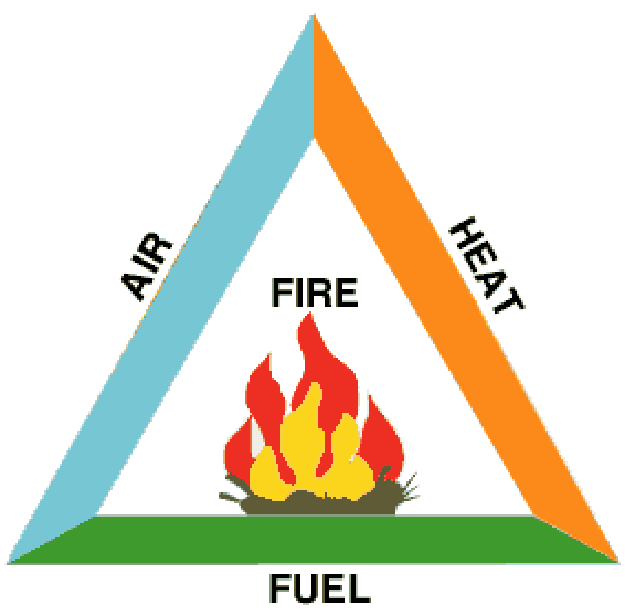
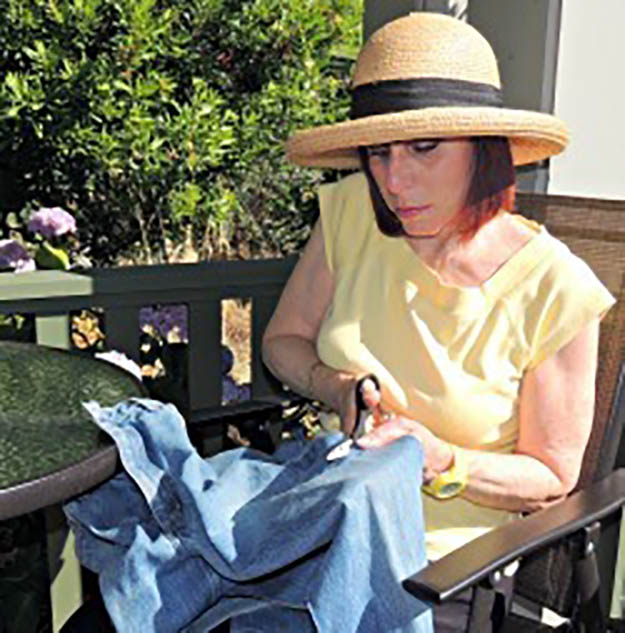
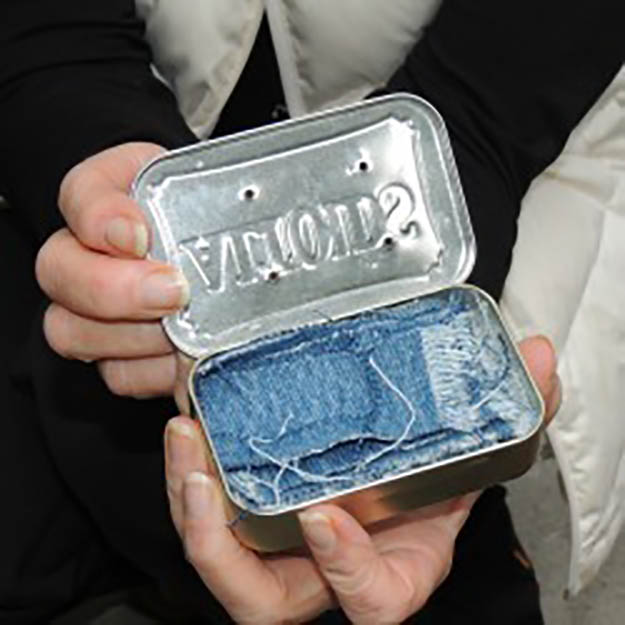


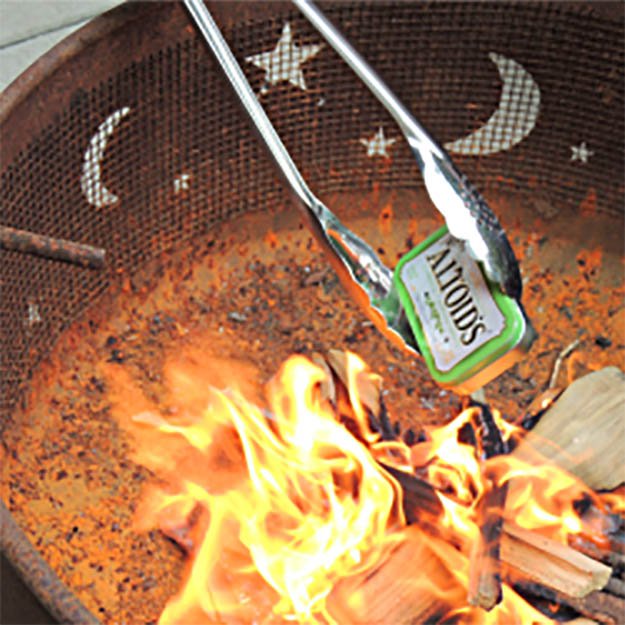
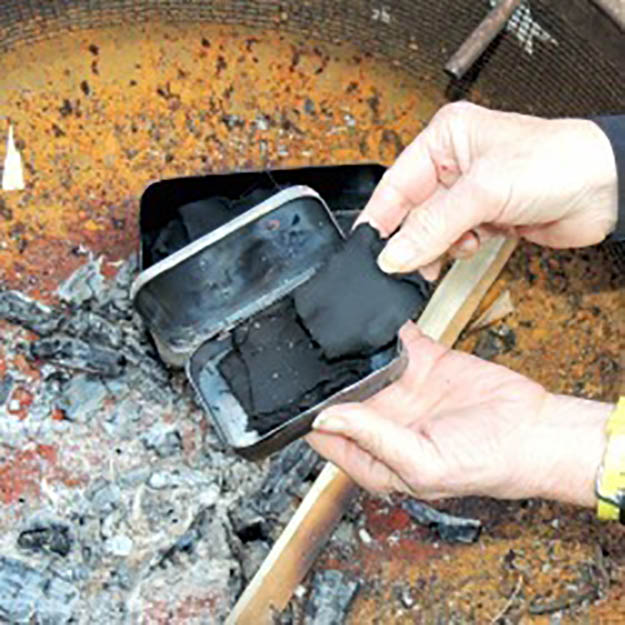
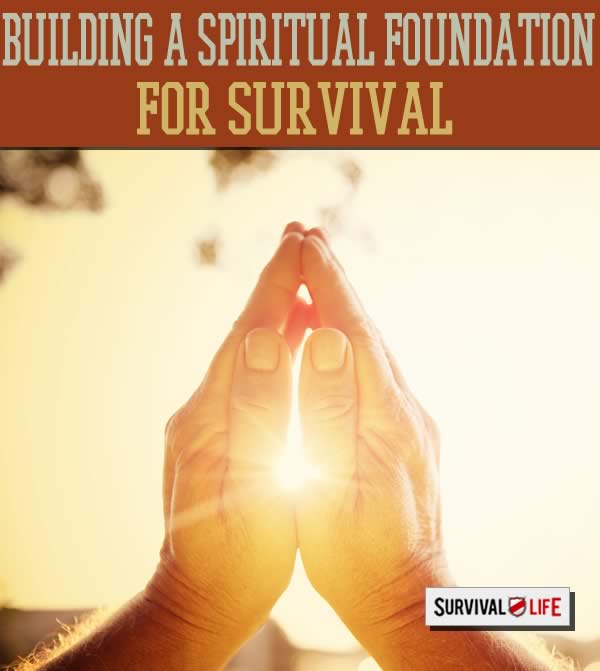



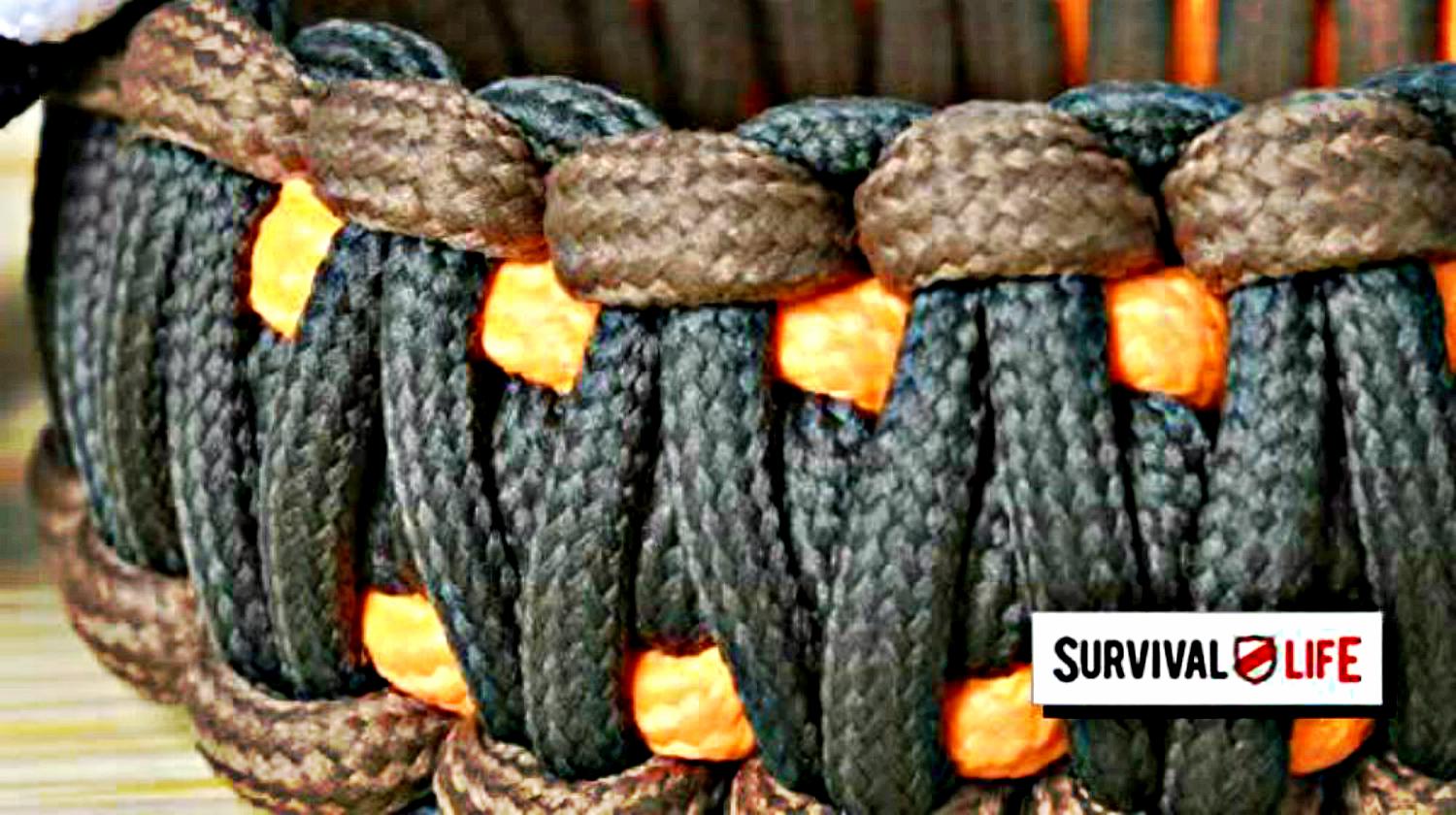
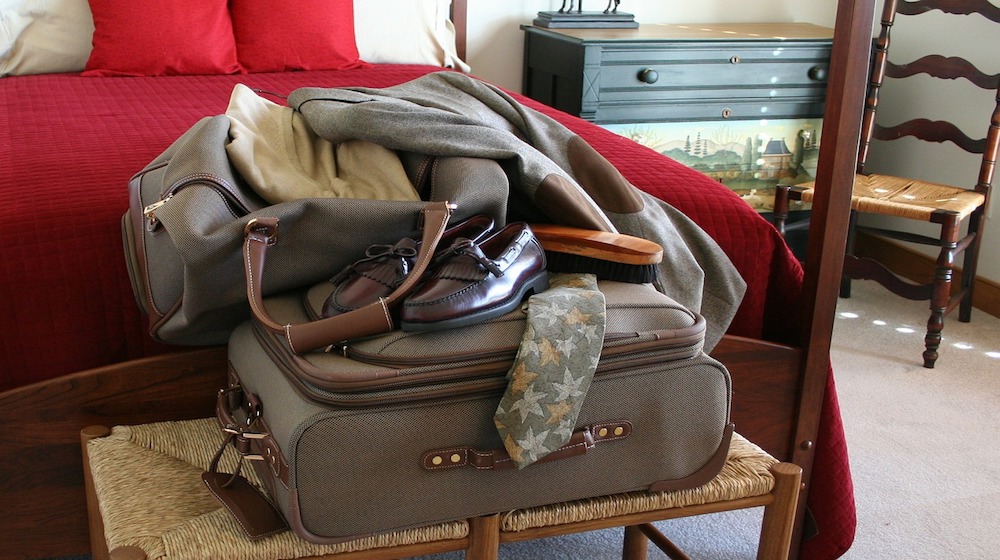




Pingback: How to Start a Fire with Char Cloth | Survival Basics | Survivalist Basics | Be Prepared For Anything!
Pingback: How to Start a Fire with Char Cloth | Survival Basics | Patriot Powered News
Great Grey
November 25, 2014 at 10:44 PM
Don’t think that just because you have char cloth that you can’t light it with a match. Matches have a bad habit of blowing out. Char cloth will just burn hotter with wind while the match goes out. Also, you can use paper towels to make a good substitute for char cloth, just don’t use ones that are reinforced, cheaper the better.
Anthonyk747
November 30, 2014 at 11:57 AM
And once you start your fire, don’t forget to use pinecones! They create excellent embers that are the source of your fire and will last 3 days without ANY attention and even make it through the rain!
Yosemite
October 3, 2019 at 2:24 PM
Be VERY CAREFUL if you are using green unopened pine cones…..They explode in a fire…..not a huge explosion but enough to startle people and also possibly can cause the fire to spread and/or burn people close to the fire.
Pingback: - Survival Life | Outdoor Survival Gear & Skills, SHTF Prepping - Survival Life | Outdoor Survival Gear & Skills, SHTF Prepping
Pingback: How to Start a Fire with Flint | SL
Pingback: 17 Wicked Ways to Start a Fire | Survival Life
Pingback: 10 Fire Starting Materials You Probably Have at Home | Survival Life
Pingback: The Top 20 Fire Starters On Earth? | Survival Life
Pingback: Bargain Bin Survival: 18 Incredible Survival Gear You Can Snag At The Dollar Store | Survival Life
Pingback: How To Build A Fire | 79 Clever Firestarting Tricks You Need To Know
Pingback: 18 Survival Gear Items From The Dollar Store - Survive!
Pingback: 9 Smart Soda Can Survival Hacks You Need To Know | Survival Life
Pingback: 9 Smart Soda Can Survival Hacks You Need To Know - Survive!
Pingback: 9 Smart Soda Can Survival Hacks You Need To Know | survivalisthandbook.com
Pingback: A Beer Can: Surprisingly Useful When SHTF | Survival Life
Pingback: Best Campgrounds in Oregon | Camping in the Beaver State | Survival Life
Pingback: Best Campgrounds In Oregon | Primitive technology
Pingback: Best Campgrounds In Oregon | Life Off The Grid
Pingback: Top Survival Skills | Learn Now, Survive Later | Survivallife
Pingback: Hold My Beer And Watch This! – Ultimate Survival Alerts
Pingback: Hold My Beer And Watch This! | Primitive technology
Pingback: Hold My Beer And Watch This! - Survive!
Pingback: 9 Smart Soda Can Survival Hacks You Need To Know - Survival Shot
Pingback: 9 Smart Soda Can Survival Hacks You Need To Know | Free Patriot Gear